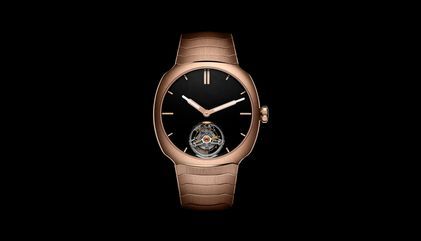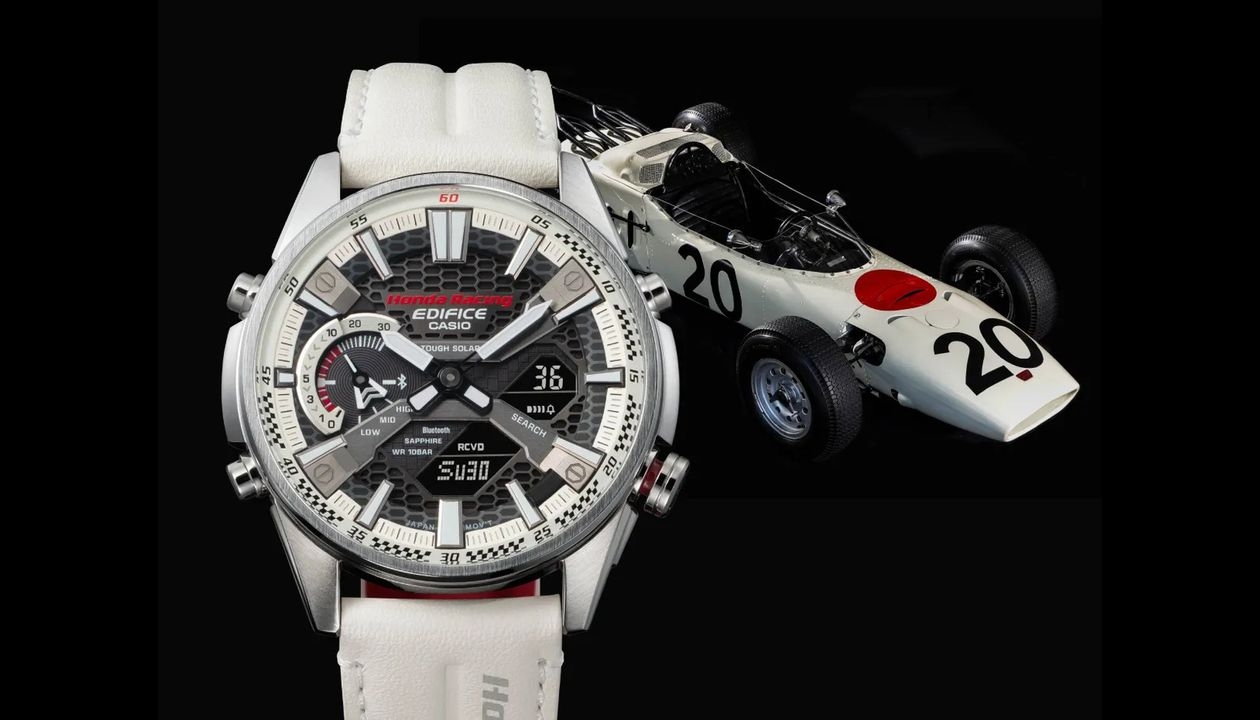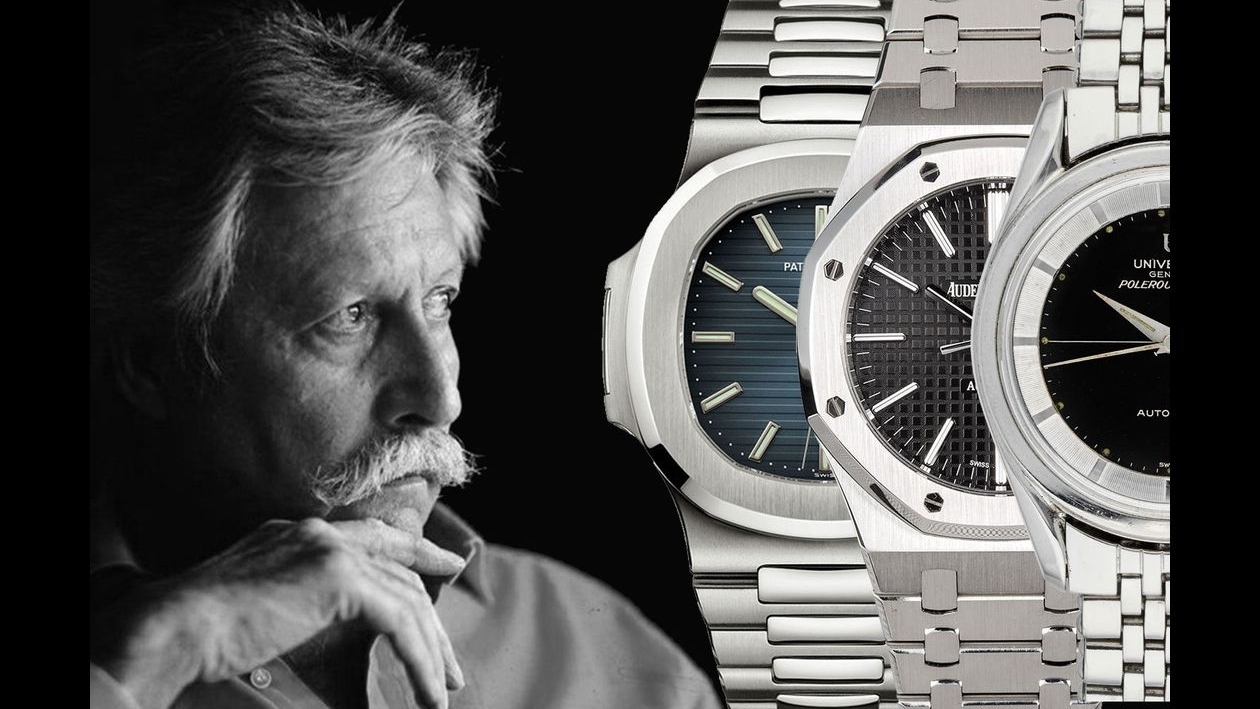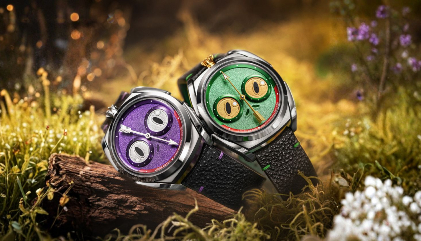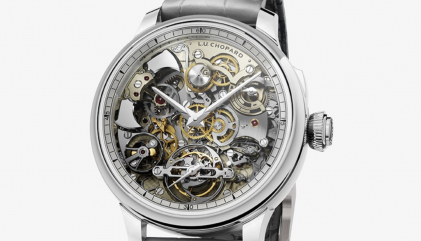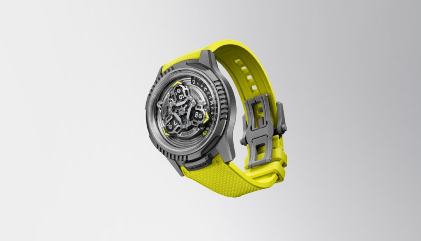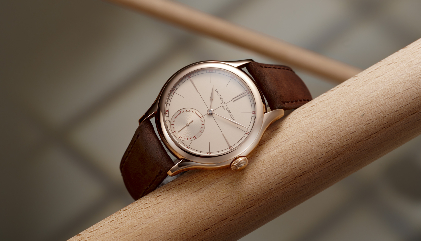There are a few timepieces which capture our heart with the intricate detailing and colours which are captured on their dials. We dive deep into a few of these “savoire faire” art forms.
Marquetry
A relatively recent arrival to the watchmaking industry, the delicate art of wood marquetry originated from Ancient Greece. The technique includes inlaying different materials in wood using hot glue. The various motifs are created using a variety of woods of different colours, shades. They are then cut, assembled, shaded, and applied to the motifs. The marquetry-maker may work with as many as 130 types of wood, from a selection of 60 – 70 tints.
Gem-setting
The one craft that brings the term 'haute joaillerie' to life, is gem-setting. This includes decorating everything from the watch case to the dial, bracelet, lugs, and bezel with precious stones – mostly diamonds. The placement of each stone is first defined, usually using a machine-operated precision tool. This process is known as mitraillage. However, when it comes to unique, one-off pieces, these markings are created by the gem-setter. The process then evolves into setting the stone firmly in the 'bed' – a depression made with a ball burr and then filled with tiny beads or grains of metal. The stone is then pushed on to the bed and grains are rounded, polished, and the rough edges are smoothened.
There are three other forms of gem-setting as well. There is snow setting or random setting which offers the gemsetter the chance to create a harmoniuos composition with minimum metal visible between the multiple differently-sized stones which are used.
Then, there is the invisible setting. This technique includes sliding the specially-prepared stones onto a gold rail, to clamp them together using the flexibility of the metal. Once the stones are in place, they can no longer be moved, hence the requirement for extreme precision.
The last form is known as pave grain and grain settings. This technique uses tiny hand-formed grains of gold which ensure each diamond is securely fit in its place. This technique uses minimum amount of metal.
Guilloché
An ancient technique dating back to the nineteenth century when it comes to the watchmaking industry, the guilloché technique includes the use both the traditional hand-work as well the results from the engine-turning machine. The idea is to guide the carving tool to create fine grooves into a metal surface in repetitive geometric patterns. The straight line engine cuts the straight lines which may intersect at any angle. The cutter is operated horizontally using one hand while the other hand activated the cutter vertically. The rose engine, on the other hand, is a more widely used lathe which helps produce curved lines using the cams or the rosettes to operate the guilloché work.
Chainsmithery
Used appropriately for chain bracelets, chainsmithery involves the making of each individual ink in the bracelet by hand. It all starts with a simple wire which is then wound round a circular, oval or elliptical mandrel in copper or steel. The most basic 'knit' of the chain can be customised as per the design of the bracelet.These bracelets are created to the measure, which needs to be precise because although they can shortened, one cannot add extra links to the bracelet once it is finished.
Enameling
A vitreous substance based on silica sand, enamel has been used by the watchmaking industry since the seventeenth century. Once the substance is crushed to fine powder, it is mixed with water to make a paster and then prepared and applied to the areas which have to be enameled. Once dry, the plate is fired in a kiln at a temperature exceeding 800 degree Celsius, fusing the metal base.
An enameler can use any four of the traditional techniques or perhaps a combination for a dial. The cloisonné technique involves bending a fine gold wire to form a design and then fixing it to the base plate already coated with a ground layer of enamel. The desired effects are then achieved using multiple firings of the plate. The second technique, champleve enameling, involves filling the cells with enamel on an already engraved base plate. This could be done both by machine or hand. The third technique, paillonné enameling, features tiny pieces of golf leaf cut out in various forms called spangles or paillons. These are then embedded in the layers of transparent enamel. Lastly, the rarest technique known as miniature painting on enamel, involves the delicate application of enamel mixed with oil on a ground layer of enamel on the base plate to create portraits, landscapes etc.
Engraving
Using their 'pencil', the engrave creates neat lines on a metal plate. The burin (pencil) is the most natural extension of an engravers hand and enables them to create stunning pieces of art of varying depth on hard metal plates. This technique involves deft precision and coordination between both his/her hands as one traces the burin on the path of the required sketch while the other hand holds the metal by means of a spherical instrument, the engraver’s ball, which clamps and rotates the piece into the best position as work proceeds.







